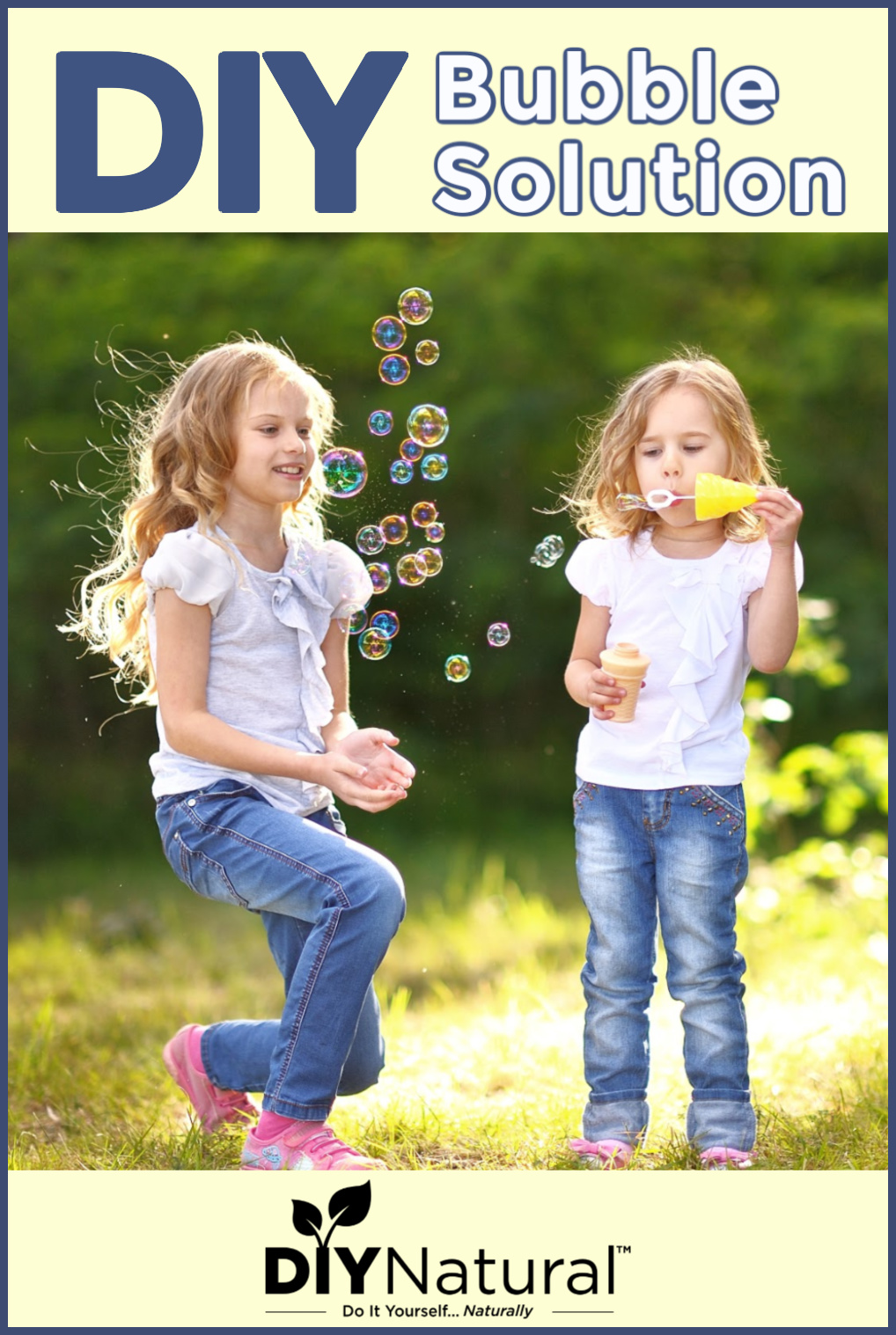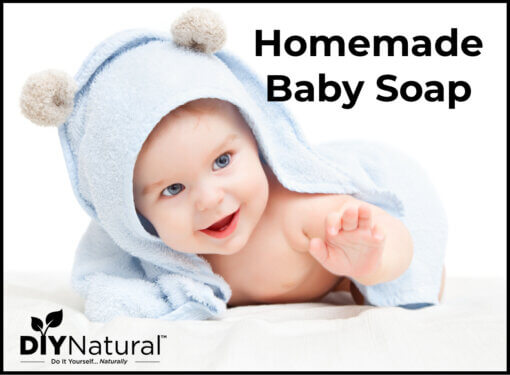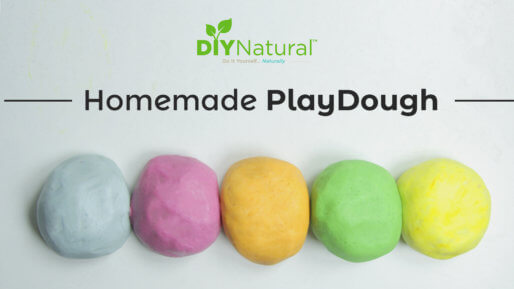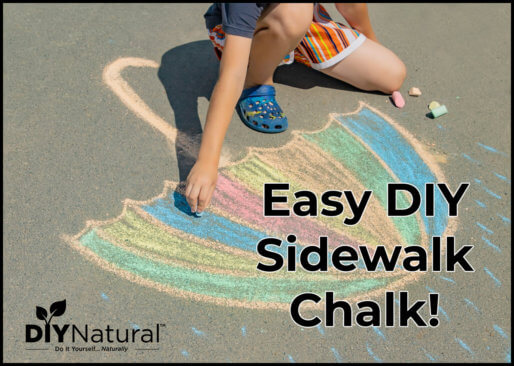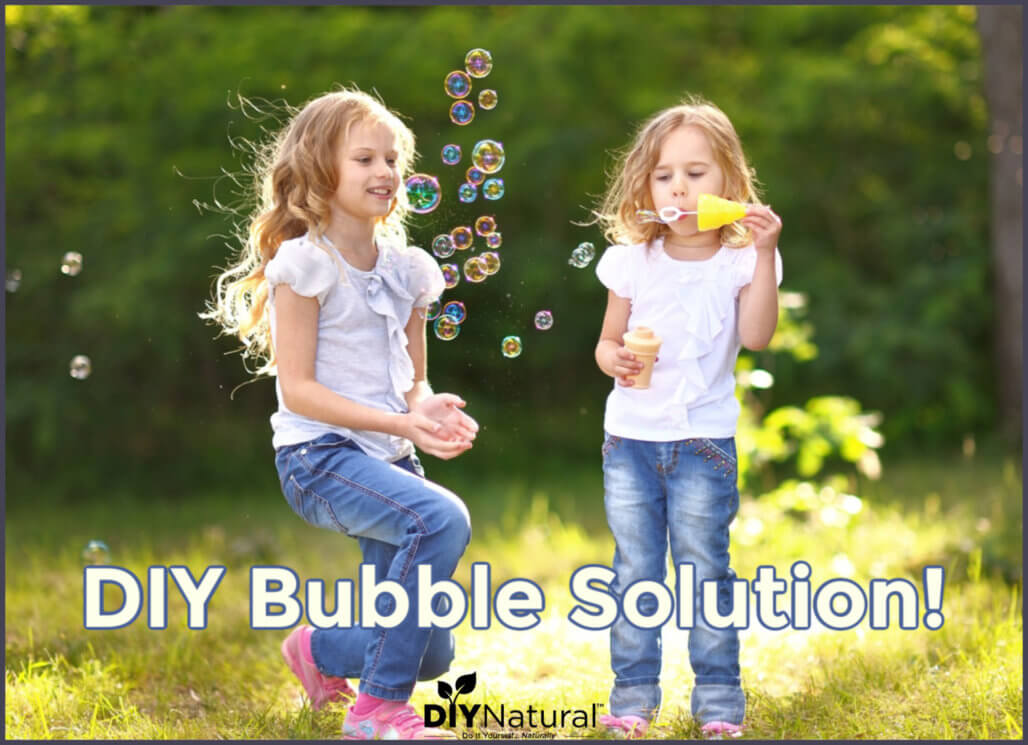
This homemade DIY bubble solution recipe uses all-natural ingredients and promises hours of fun for the kids. Be sure to include them when making it too!
As the cold winter days start turning warmer, kids of all ages want to get outside. I know I’m one of them! Baseball, flying disks and blowing bubbles are some of the first things that come to mind. And I’ve started making my own bubbles!
While you could just use dish soap and water to make bubbles, these tend to be short-lived and not very big. Not to mention the chemicals that may be in the dish soap. This recipe uses natural ingredients.
DIY Bubble Solution Recipe
This homemade DIY bubble solution recipe uses all-natural ingredients and promises hours of fun for the kids. Be sure to include them when making it too!
Ingredients
- 24 ounces distilled or filtered water
- 4 ounces liquid soap (make your own here!)
- 2 ounces liquid vegetable glycerin
- natural food color, optional
Instructions
- To begin making the DIY bubble solution add the water to a large container.
- Slowly mix in the liquid soap, stirring well.
- Once the liquid soap is incorporated, add the liquid vegetable glycerin. Mix this in well too. Make sure it is mixed very well, or the bubbles won’t work.
- If desired, add a few drops of natural food coloring.
- Store this solution in a large mouth quart mason jar.
Notes
You can use a store-bought bubble-blowing wand, or make your own. To do this you’ll need a piece of wire about a foot long. Bend one end into a circle about an inch across. Make sure the ends meet and secure the wire there. On the handle end, fold a length of the wire about 3-4 inches back alongside itself and secure. Bend this section so that it is wavy. This will give you a better grip. To avoid rust, store the wand separate from the DIY bubble solution.
Blowing the Homemade Bubbles
To use your bubble solution, choose a day that’s not too windy. Wind can break even the toughest bubbles easily. Dip the larger end of the bubble wand into the solution. Slowly pull the wand out of the solution, letting it drip just a bit. Blow through the hole. A bubble will form on the other side. Keep blowing! If you do it slowly enough, you could get very large bubbles! You could also make a wand that has many smaller holes to get a lot of tiny bubbles at one time.
DIY Bubble Solution Safety
This bubble solution is safe and nontoxic. If pets or kids should get a hold of the bubbles, and my dog loves to chase them! They won’t cause stomach upset unless it is in large amounts. Also, it’s safe for the environment.
Scenting the Bubble Solution
I’ve had people ask if they can add fun scents to the bubbles. If you use an extract, such as vanilla, in very small amounts, you could scent your bubbles that way. I would avoid using essential or fragrance oils as any oil can inhibit the bubble blowing action.
That being said, you’ll want to make sure your mixing container, spoons, and jar are completely free of any grease. Grease or oil of any kind can stop bubbles from forming.
Have you ever made a DIY bubble solution? Tell us about your experiences!
*******
